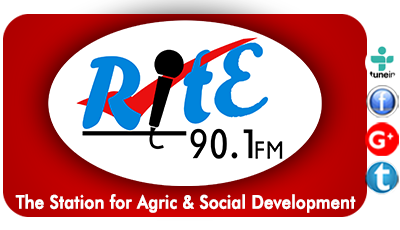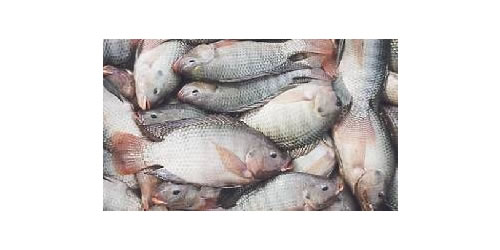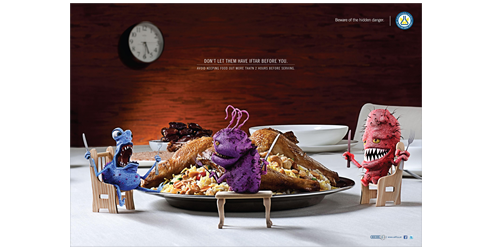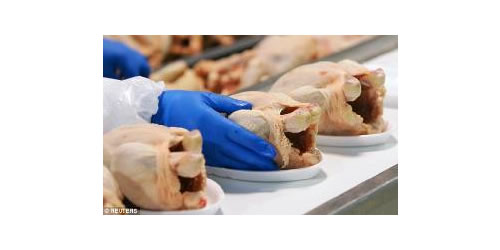COCOBOD combats cocoa pests
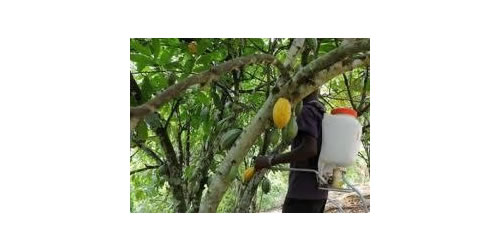
Ghana Cocoa Board (COCOBOD) says it is committed to helping cocoa farmers to effectively manage the main cocoa pests and diseases as well as improve the soil fertility.
The support, according to the Board, would ensure an increase in cocoa production across the country.
Dr Francis Baah, Executive Director, Cocoa Health and Extension Division (COCOBOD), who made this known in an interview with BUSINESS GUIDE, stated that “COCOBOD is committed to the welfare of cocoa farmers and will continue to support them to effectively manage the main cocoa pests and diseases and improve soil fertility to increase production, among others.”
According to him, all cocoa farmers in all regions and districts who contribute to the overall national output would be supported by COCOBOD.
He said COCOBOD was making progress with the mass spraying programme (CODAPEC) instituted in 2001/2002, noting that the spraying had been carried out free of charge to farmers since its inception.
Under CODAPEC, Dr Baah said, cocoa farms are sprayed with insecticides to control capsids, the main pests, and fungicides to control the main Black Pod disease, adding that the insecticides are applied from August to December and the fungicides from May/June to November.
He said farmers were buying fertilizers provided by COCOBOD under the Hi-TECH programmes at a subsidy but from the 2013/2014 season, the fertilizers were supplied freely to eligible farmers.
“For the Hi-TECH programmes, 2.1 million bags of granular fertilizers and one million litres of liquid fertilizers have been distributed to farmers.
“These fertilizers cover an area of 764,000 hectares of cocoa. The liquid fertilizers are applied mainly to cocoa which has started bearing until age 12 years. All cocoa from 12 to 30 years receive granular fertilizers including organic fertilizers,” Dr Baah said.
For the CODAPEC or mass spraying, all farms are sprayed across the country.
However for a farm to be supplied with fertilizer, it must be completely free of cocoa swollen shoot virus disease and be 30 years or less, Dr Baah disclosed.
“Prior to receiving fertilizers and mass spraying services, farmers are expected to clean, weed their farm, remove mistletoes, chupons and generally sanitise the farm,” he said.
Dr Baah said for the 2014/2015 season, sufficient fungicides had been procured and distributed to all the cocoa districts for farmers, explaining that fungicides are applied three times in a year—in June, August and September.
Touching on the quantity of fungicides supplied to farmers, he said for the first round, 409,185 KG plus 112,752 litres were supplied to cover an area of 1.4 million hectares, for the second round 602,250 KG were supplied to cover 1.9 million hectares, and for the third round 446,865 KG has been supplied to cover 1.5 million hectares.
On fungicides application on pods on the cocoa tree, Dr Baah said the first and second rounds of spraying had been completed while the third application was ongoing.
For capsid, popularly known as (Akate), he said two rounds of spraying were undertaken, explaining that during the first round, a total of 480,996 litres of insecticide which covers an area of 3 million hectares had been distributed and sprayed while for the second, a total of 373,332 litres of insecticides which would cover 3.2 million hectares had been distributed to farmers for application.
Dr Baah said COCOBOD purchased over 2 million litres of premix fuel for the insecticides application programme, adding that the Board also hired and paid sprayers to spray the cocoa farms.
The distribution of the various inputs is guided by guidelines to ensure efficiency in the exercise. The guidelines also ensure that only farms that qualify receive the inputs.
Source: Daily Guide
